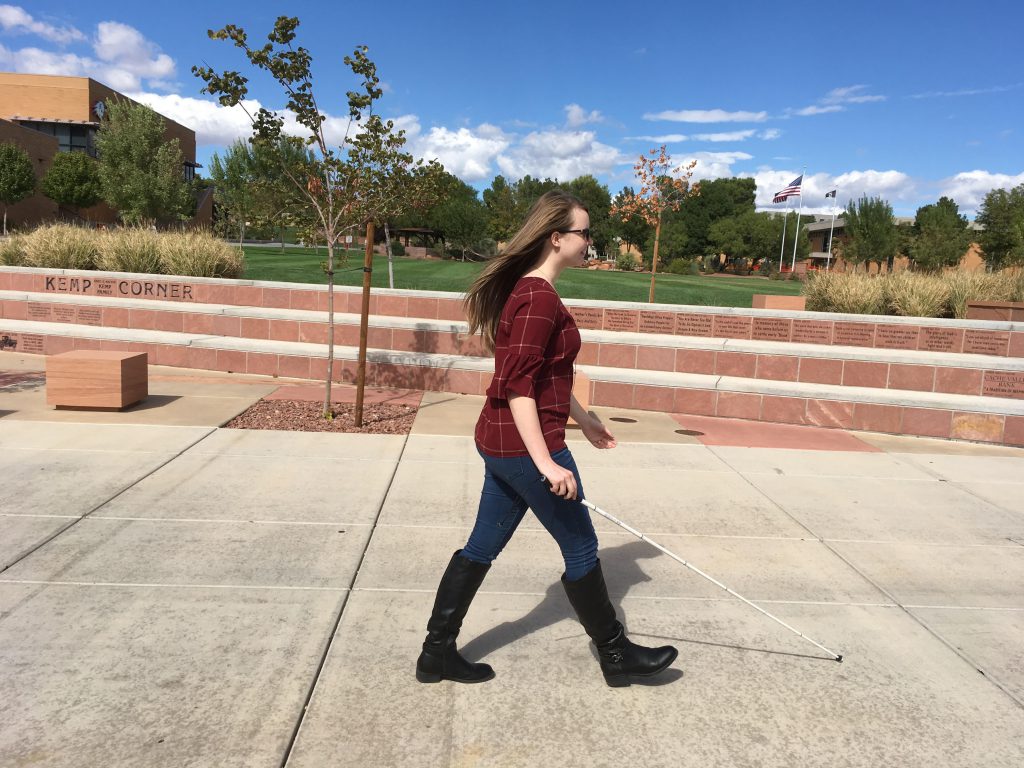It has become normal for high schools to offer concurrent enrollment classes to students from nearby colleges.
According to the 2022-2023 Concurrent Enrollment Handbook from the Utah State Board of Education, “Over 50,000 students earn over 350,000 credit hours by participating in the concurrent enrollment program.”
These classes serve as both credit for high school and college and can give high school students a head start in their collegiate careers.
However, the implementation of these classes can be quite a nuisance to college students.
There’s nothing more infuriating than having a class early in the morning and having to sit in front of or beside chatty high school students. I have my first-year nutrition class to thank for that experience.
While there are always exceptions to these cases, most high school students sit in the back of the class, have at least one other high school student with them, and are known for being very chatty.
That, in itself, doesn’t do much harm, but most of these students are very proud of taking college classes while they are still young.
Rightfully so for them, but it can serve as a grim reminder for those of us who either didn’t choose to take concurrent enrollment classes in high school or bit off more than we could chew.
In high school, I tried taking multiple classes like this and failed all but a couple. I either withdrew from the class earning me a “W” as a grade or simply couldn’t keep up with the workload and ignored it.
While these classes aren’t typically harder or easier than other high school classes, the workload is greater and can overwork students.
This brought me into the situation of academic probation, which I paid heavily during my first year of college. I paid around $300 every 15 days of my first semester, while only working a part-time job that paid me $12 an hour.
While I partially did that to myself, I know there are a lot of parents pushing their kids to get a higher education while still in high school. That way they can save money and time in the long run. I also wouldn’t put it too far out of the question to say that parents would rather pay $50 for their kids to go to college than $5000.
It’s important not to push kids into taking so many classes that it overworks them and gives them burnout, causing them to take a gap year like I did.
All that aside, most full-time college students at Utah Tech pay anywhere from $3,000 to $3,500 a semester. I paid around $400 in student fees this fall, adding another $75 for a parking permit for the full year.
How is it fair to college students who pay so much in tuition, fees and miscellaneous amenities that high school students only pay $5 for one credit?
These students are also using the same amenities, resources and parking spaces as us, and yes, while they are expected to do the same course work, it’s at a significantly decreased level than that of a college student taking 15 credits or more.
These resources include crucial testing center hours that, because of the recent change in hours, students are fighting for or writing center walk-in appointments that take away from college students who need that extra help to bring up their grades.
In my experience, it seems that these students gain preferred treatment because they are younger than college students and are not considered adults.
Concurrent enrollment is fine, but if the college is going to take the time to offer it, either have the students take it online or have a teacher who is certified to teach that class at the high school itself.
That way, high schoolers aren’t forced to come onto campus, and college kids can maintain their own space and resources without the fear of deferred treatment.
Or raise the amount they pay for classes, so it’s more fair to those of us paying for all of our schooling out of pocket.
We pay to be here and to keep and use the resources available to us. We shouldn’t have to worry about sharing it with younger kids who are only paying a small fraction of what our tuition is.




